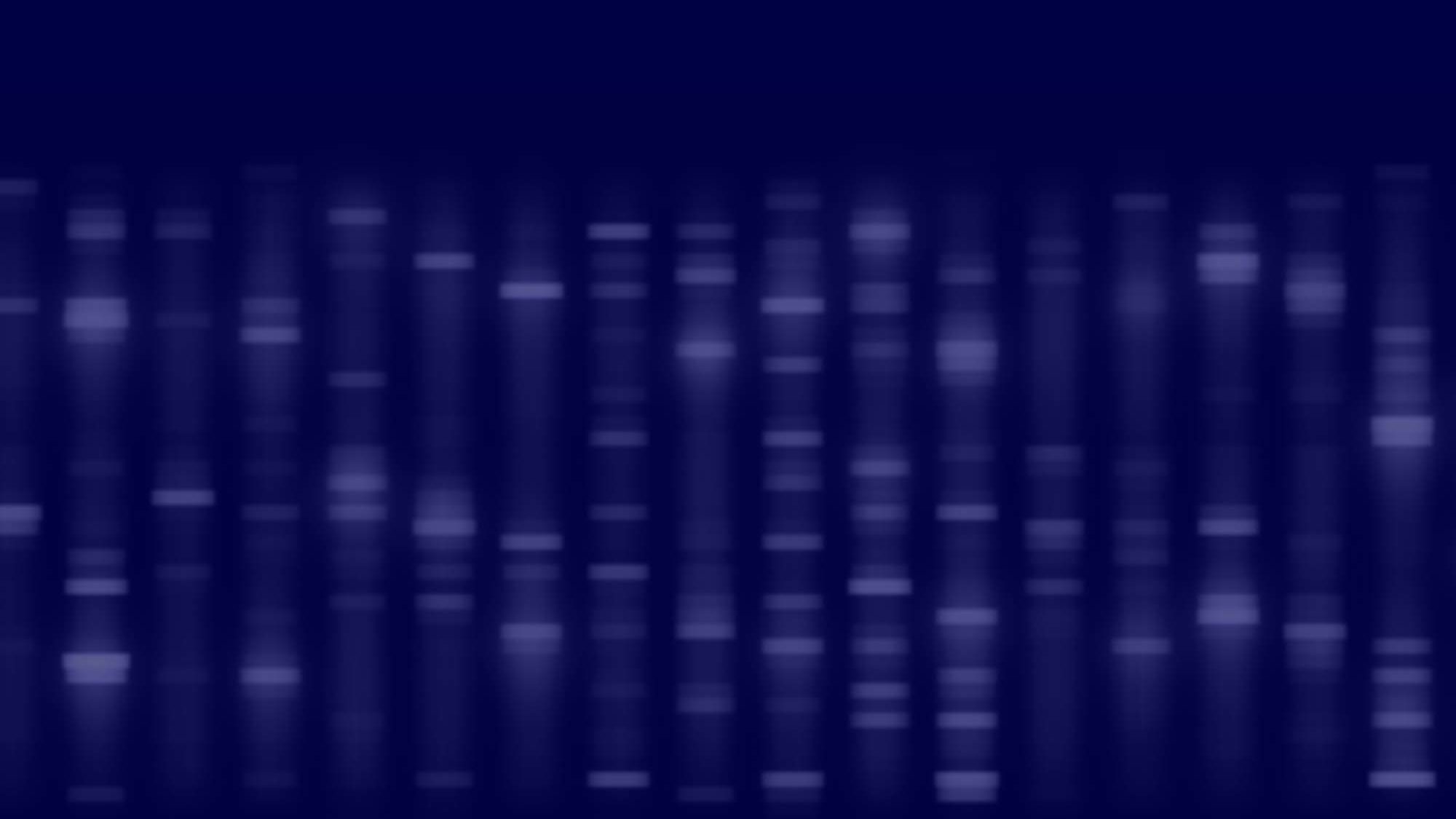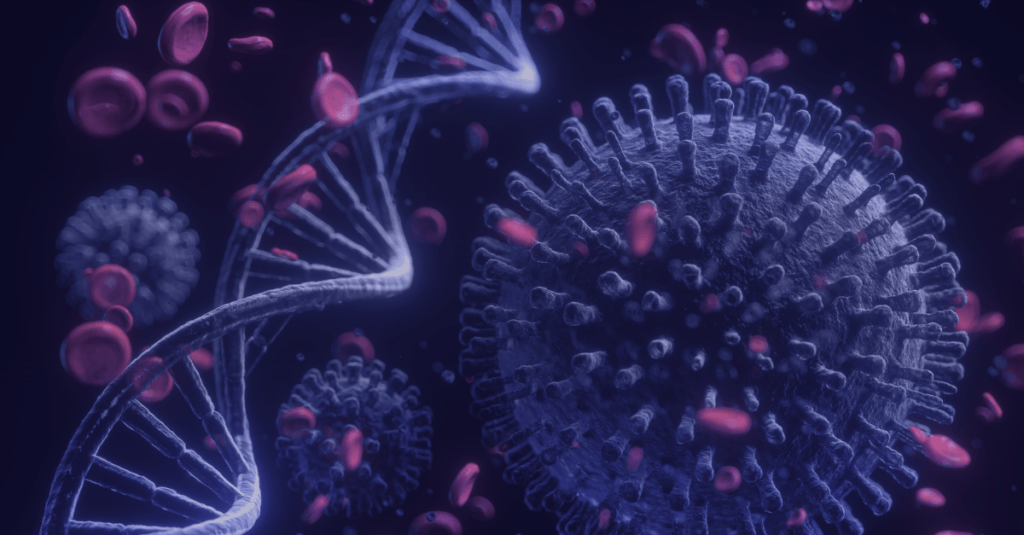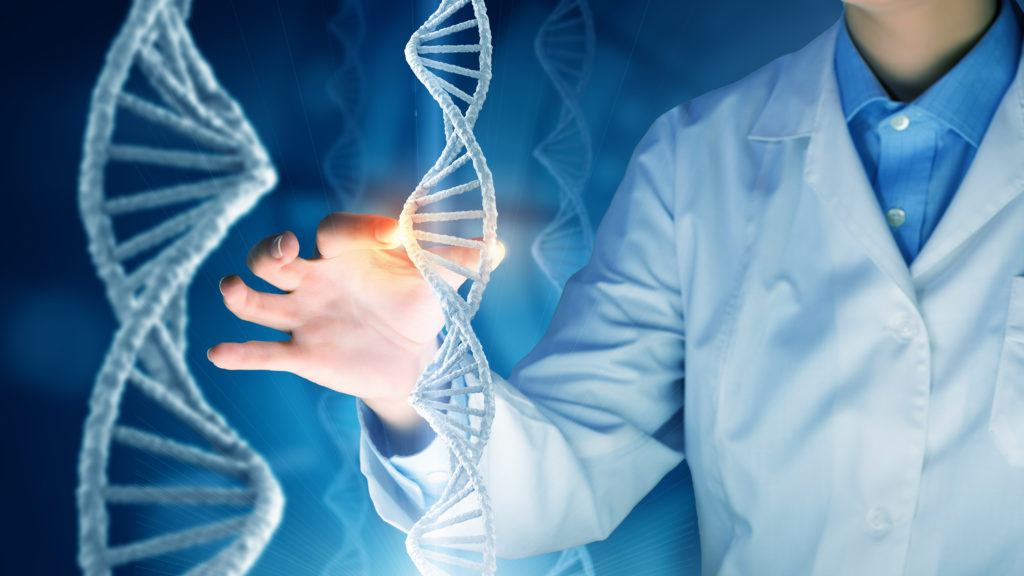Antibody Discovery
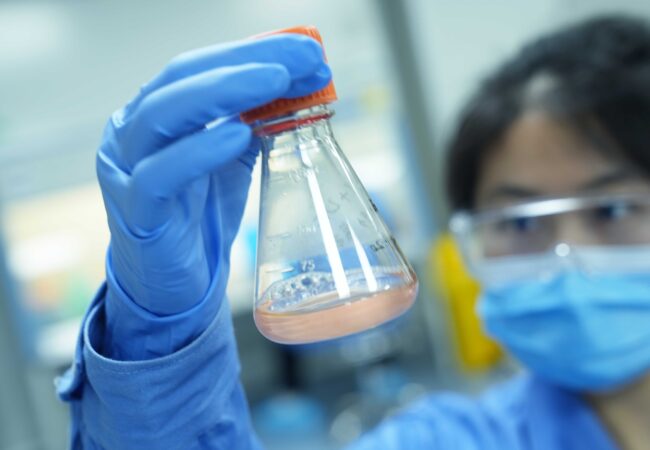
The antibody discovery platform at Pharmaron provides service offerings that include the identification of novel and highly potent monoclonal antibodies with desired properties, antibody engineering and characterization of antibodies. We have established phage display and hybridoma technologies to discover novel antibodies as therapeutics and reagents.
For antibodies stemming from mice, our team is experienced in antibody engineering for humanization, which allows for retaining antibody binding affinity and specificity while eliminating most of the immunogenicity of heterologous antibodies in patients. Various assay platforms have been established to characterize the monoclonal antibodies, including biophysical, biochemical and cellular assays.
Capabilities
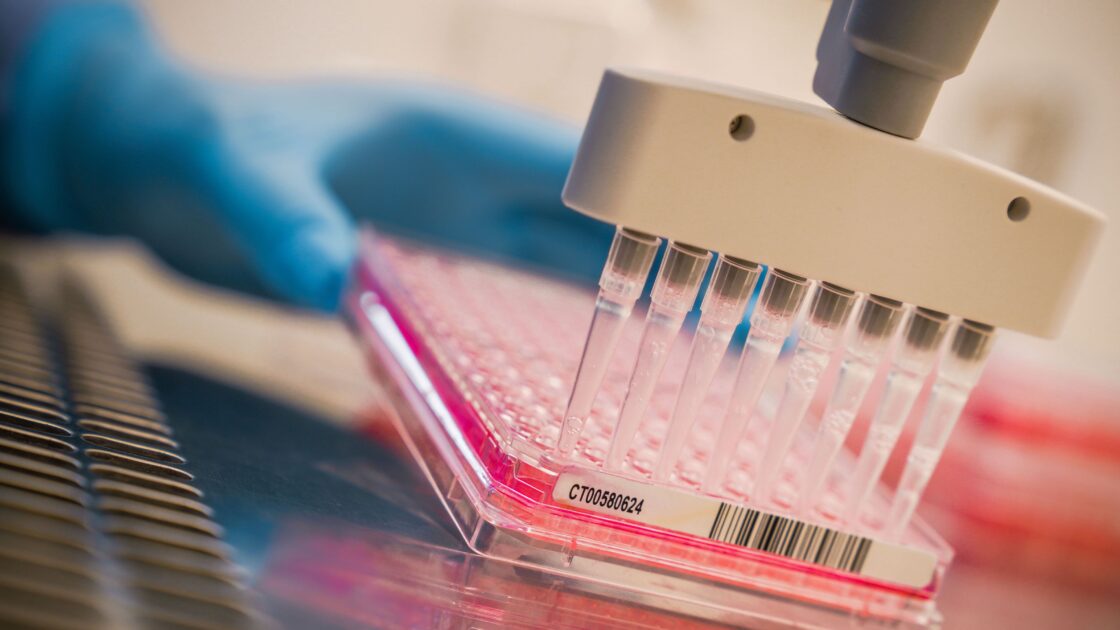
Phage Display Approach
- Human naïve libraries
- Libraries from immunization with a target antigen
- Construction of targeted antibody fragment libraries
- Construction of phage libraries
- Biopanning and affinity screening
- Hit confirmation
- IgG conversion
- Customized immune library generation using mice, camels, and llama
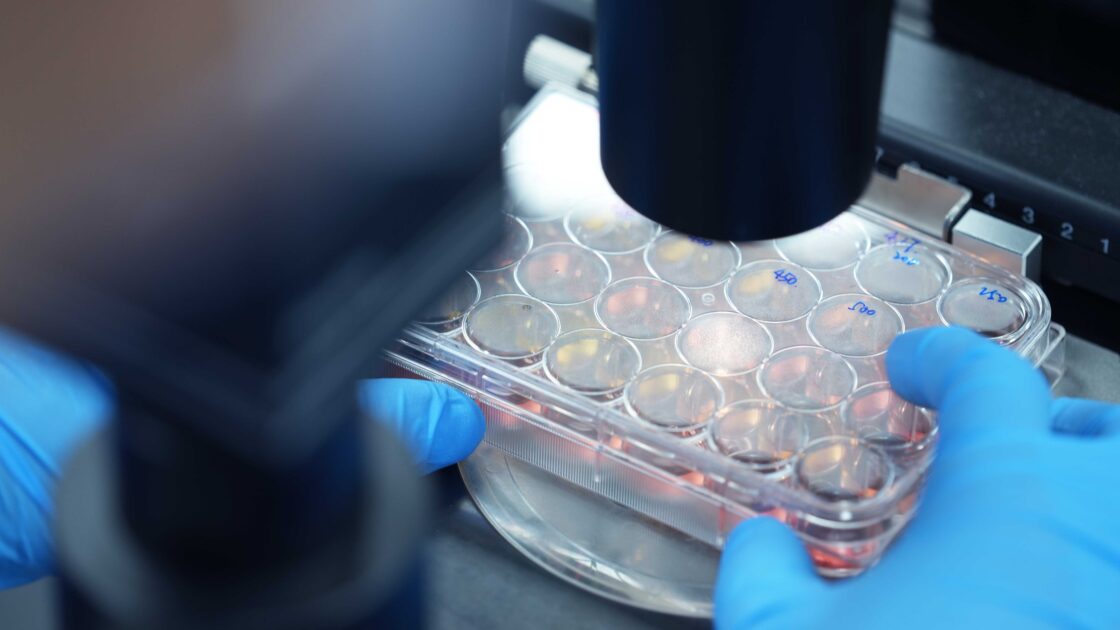
Hybridoma Approach
- Animal immunization with proprietary protocols for increased immune responses
- Multiple immunization approaches to tailor the needs of various targets (DNA, peptide, protein, cell, or combination)
- Generating hybridoma clones using a highly efficient fusion method
- Screening of hybridoma cells
- Sequencing of positive clones
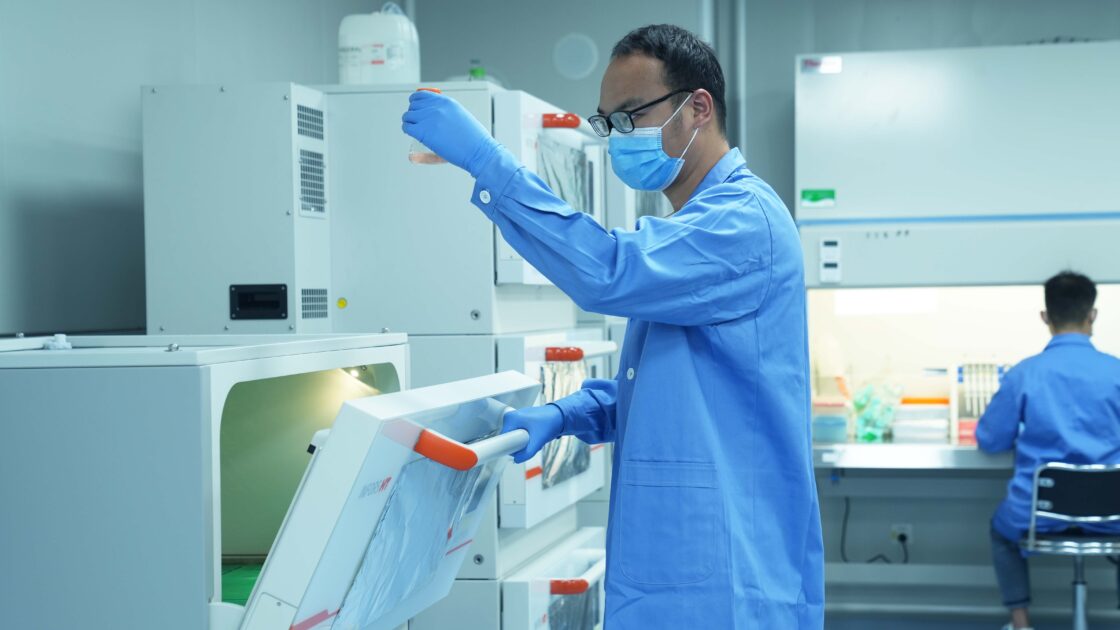
Antibody Engineering
- Antibody humanization: CDR & SDR grafting into corresponding human framework regions, chain replacement and screening of a human whole-IgG library
- The strategy of antibody maturation: random mutation, site-directed mutagenesis and other mutagenesis methods
- Utilizing proprietary human antibody databases, electronic modeling, and other techniques to aid of design for humanization
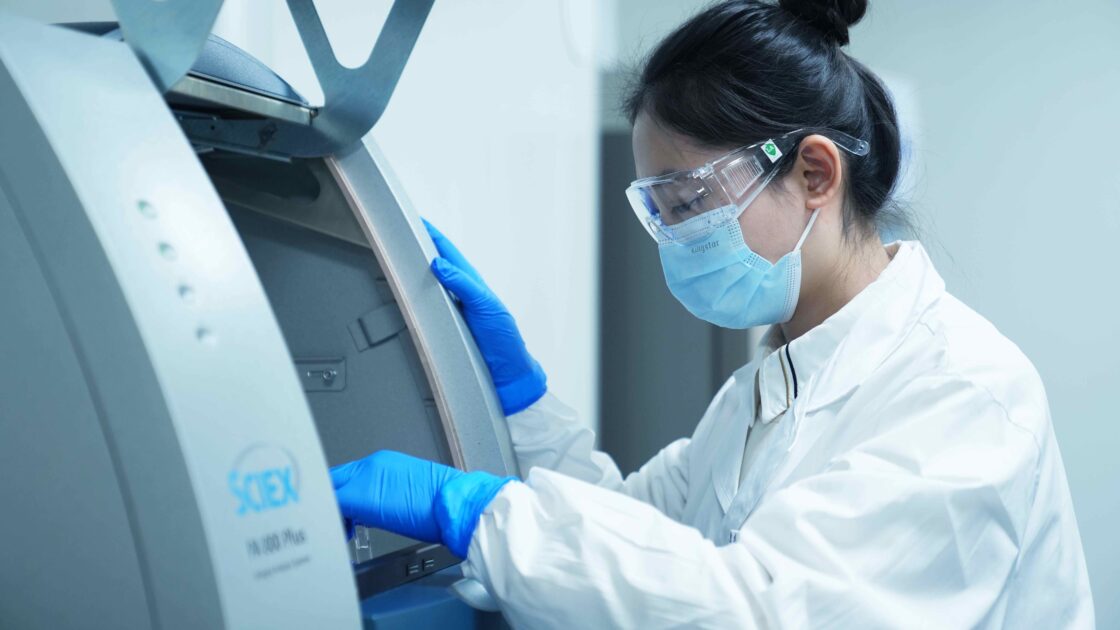
Characterization of Antibodies
- Affinity determination by SPR
- Protein-protein, protein-polypeptide, protein-small molecule binding affinity determination
- Binding of antibodies and Fc fusion proteins to Fc receptors
- Dissociation rate ranking
- Affinity determination by FACS – FACS measurement of affinity to cell surface proteins
- Biochemical assays
- Antigen binding test
- Protein level assay: SPR, ELISA
- Cellular level assay: FACS
- Double binding of bi-valent antibodies (protein-protein, cell-protein, cell-cell)
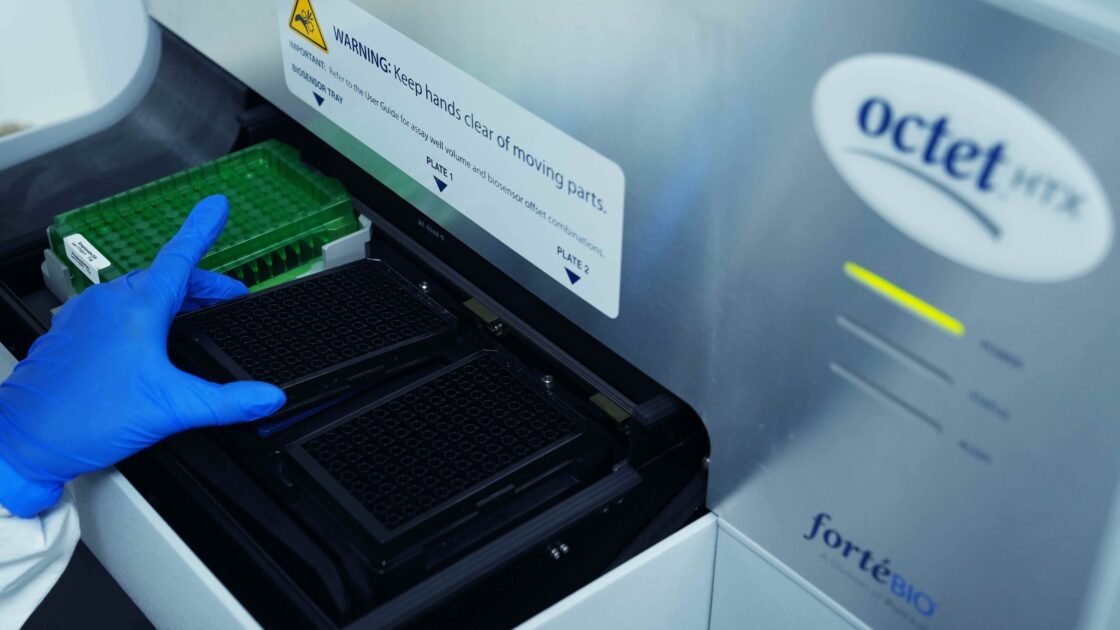
Characterization of Antibodies
- Competition experiment
- Ligand and receptor blocking assay (protein or cellular level, using ELISA/FACS)
- Epitope Binding
- Signaling (phosphorylation)
- HTRF/AlphaLISA
- Intracellular cytokine staining(FACS)
- Cellular assays
- Proliferation assay (CFSE/BrdU/CellTiter-Glo®)
- Cell screening (survival/proliferation, 2D, 3D culture)
- Cell cycle analysis
- Detection of cell apoptosis
